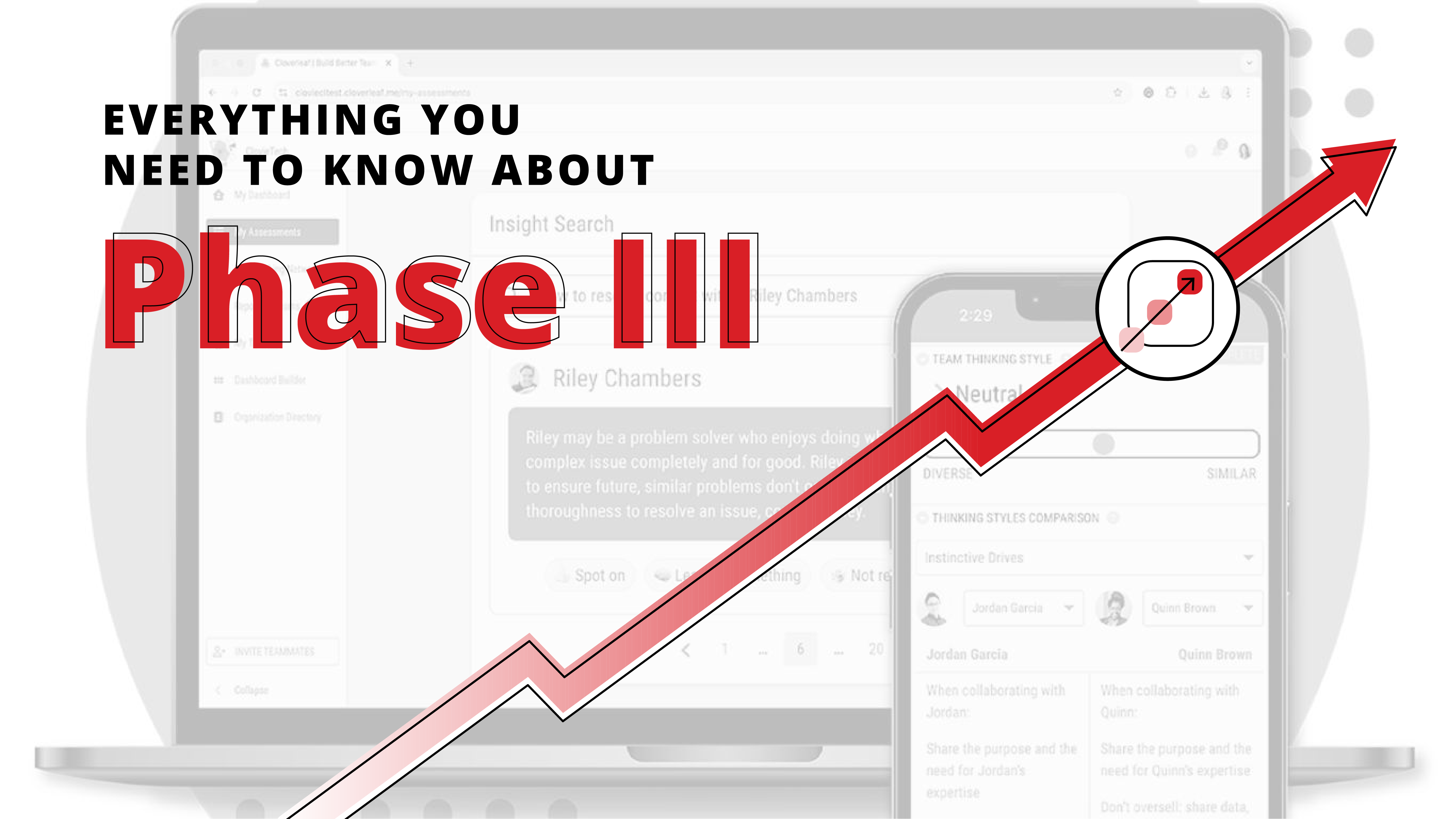
The first thing to know about a Phase III is though it comes after a SBIR/STTR Phase I or Phase II, it is no longer a part of the SBIR/STTR program. Instead, this is the point where you can leverage the sole-source authority achieved through the other two phases to have access to greater funding and opportunities in the DoD.
The purpose of a Phase III contract is to transition and scale a company’s SBIR effort into widespread use.
A Phase III is defined as “an award that derives from, extends, or completes prior SBIR effort and is funded with non-SBIR funds” (sbir.gov). To simplify, the work must “derive from” or be traced back to a previous SBIR/STTR effort and funding agreement. The “extends” portion refers to work that can go beyond what a previous effort contained.
Phase III efforts can include products, services, research/R&D, or any combination of these, and the contract can be any type of contract. The greatest distinguishing factor of these awards is the fact that the SBIR Policy Directive mandates that they be awarded without competition.
Purchase order (PO)
This is a simple and straightforward contract, generally issued on a fixed-price basis. It is typically used to acquire supplies or services, upon specified terms and conditions, using Simplified Acquisition Procedures (SAP). SAP can be used up to $250K or up to $7.5M for commercial products or services.
Indefinite delivery, indefinite quantity (IDIQ)
IDIQs are appropriate when there is a recurring need for supplies or services but the time and amount of the need is unknown. This contract is established with an initial not-to-exceed ceiling and allows streamlined ordering for supplies or services during the ordering period. These contracts can be single-award or multiple-award and, due to the complexity and dollar value, generally take significant time and effort to set up.
Blanket purchase agreement (BPA)
BPAs are similar to an IDIQ; however, it is a simplified method for filling anticipated repetitive needs for supplies and services below the Simplified Acquisition Threshold (SAT), which is $250K. In this situation, companies will negotiate a pricing list ahead of time. Once it’s set up, you can make orders off it, similar to a charge account.
Is your company…
If you answered “yes” to all of these questions, then your company could be eligible for SBIR or STTR!